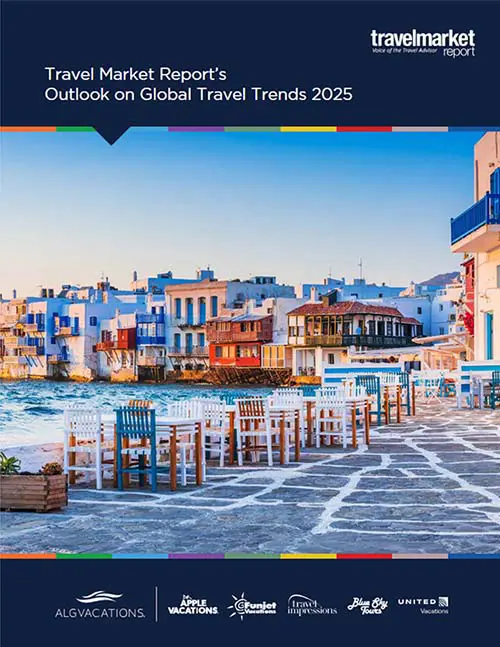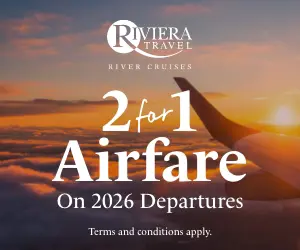Rogue Travel Declines as Suppliers Gain Distribution Share
by Fred GebhartRogue travel is on the decline, but not because travel managers are exerting more control. Fewer travelers are going rogue because travel technology is making it possible to bring more travel channels into compliance with corporate policies.
“Rogue travel is purely a technological issue the industry faces,” Douglas Quinby, senior director of research for PhoCusWright, told Travel Market Report. “As TMCs and travel program managers and travel technology become more robust, we will see less rogue behavior because travelers will be able to access negotiated rates through multiple channels.”
Quinby’s matter-of-fact take on rogue travel was part of a look at PCW’s latest U.S. Online Travel Overview.
Suppliers winning distribution battle
Suppliers are winning the distribution sales battle with OTAs, Quinby said. In 2010, supplier websites generated 61% of online sales versus 39% for OTAs. Suppliers will jump to 66% of online sales by 2014.
On the hotel side, 52% of online bookings will come through brand sites by the end of this year compared to 43% for OTAs. That is a significant shift for a segment that relied on OTAs for half its booking volume not so long ago, Quinby said. Business travelers are one reason for the shift.
Smartphones a factor
One reason: growing use of smartphones by business travelers. About 70% of phone-based hotel bookings are made 24 hours or less before arrival and they tend to be made direct.
“Travelers who book direct tend to be older, more brand loyal, less price sensitive and more schedule sensitive than any other segment,” Quinby said. “They look a lot more like your typical road warrior than leisure travelers.”
Good for corporate budgets
That move toward direct booking is also good for corporate travel budgets. OTAs tend to offer the best prices, although OTA inventory access is increasingly restricted as the economy improves and travel increases. Travel agencies/TMCs are at the expensive end of the price spectrum, according to Quinby.
Supplier direct channels lie in the middle of the price range. Because suppliers are competing more with OTAs than travel agencies/TMCs, supplier direct pricing in any given segment is skewed toward the lower end. Travelers who book direct on a smartphone are helping keep the company’s average hotel rate down even when they are booking outside approved channels.
Those rogue travelers aren’t trying to sabotage travel policy, Quinby said. They are simply trying to get their jobs done as quickly, as efficiently, and as cost-effectively as possible.
A ‘no-brainer’ choice
Choosing between a more effective consumer-oriented travel tool and a less effective corporate sanctioned tool is a no-brainer for most road warriors, he said.
“There is plenty of managed travel that gets booked directly and through OTAs,” Quinby said. “There is a very healthy use of noncorporate channels by managed travelers. Open booking tools like Concur don’t instigate traveler behavior, they are playing catch up with the real world.”
The problem is that the consumer shopping experience is far superior to the corporate experience, Quinby continued. So it should be no surprise that corporate travelers tend to migrate to supplier channels.
Short of refusing reimbursement to travelers who venture outside approved channels, travel managers have little alternative but to look for technological solutions to integrate travel and traveler data from multiple channels.



















